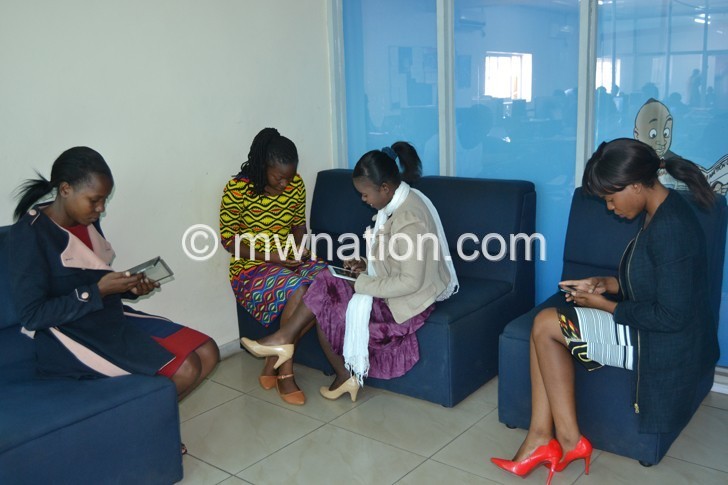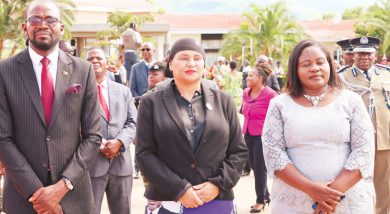Malawi mobile landscape competitive
Malawi has a competitive mobile landscape, with substantial opportunity for growth based on recent and continued increases in mobile users on penetration, the 2019 Malawi Digital Identity Country report has said.
The GSMA report, which is an output of a project funded by UK Aid’s Department of International Development (DFID) for the benefit of developing countries, observed that the high penetration of foundational identity and the up-to-date customer databases held by mobile network operators (MNOs) provide strong foundations for innovation.

According to GSMA, while 4G subscriptions remain small, Malawi is a relatively advanced market in terms of 3G subscriptions, having seen a strong increase in these subscriptions in recent years.
“The evolution of the connectivity landscape since 2G suggests that data-driven subscriptions will continue to increase. This shift could have powerful multiplier effects. There is also significant potential to leverage the power of mobile technology to build identity solutions and identity-linked services in Malawi.
“While the gender gap overall remains similar between urban and rural areas, men and women in urban areas are significantly more likely than their rural counterparts to report owning a phone with internet access. This is likely due to a number of factors, including digital literacy rates among urban and rural populations, the ability to buy smart phones and data, and disparities in 3G coverage,” reads the report in part.
However, the high penetration rate seems to favour men more with figures indicating that male ownership of phone stands at 52 percent as compared to 33 percent for females.
“The divide is most pronounced in rural areas, where 26 percent of women report owning a mobile phone compared to 47 percent of men. Key barriers to mobile phone ownership, particularly among women, have been identified by experts in the mobile industry as lack of disposable income and lack of digital literacy.”
In 2016, the survey on the use of information and communications technologies (ICT) commissioned by Malawi Communications Regulatory Authority (Macra) and undertaken by National Statistical Office (NAO) on access and usage of ICT services in the country found that high cost of services by MNOs in Malawi suppressed usage.
The survey has found that while 85.1 percent of Malawians own a mobile phone, only 30 percent are capable of browsing the Internet.
The proportion of Malawians who own a mobile phone and are able to browse the Internet was based in urban areas (71 percent and 49 percent) with a tertiary education background or higher (74 percent).
NSO commissioner of statistics Mercy Kanyuka said while the Population and Housing Census had previously looked into access to a mobile phone and radios, there has been no detailed statistical data until then.
Macra director of telecommunications Lloyd Momba notes though that Internet penetration remained low in rural areas due to operators targeting urban areas for higher returns on investments.
He said with the establishment of a Universal ICT Service Fund as outlined in the amended Communications Act, Macra would work with operators to identify areas which they cannot afford to reach and fund the infrastructure through the fund.
The GSMA represents the interests of mobile operators worldwide, uniting more than 750 operators with over 350 companies in the broader mobile ecosystem, including handset and device makers, software companies, equipment providers and internet companies, as well as organisations in adjacent industry sectors.





